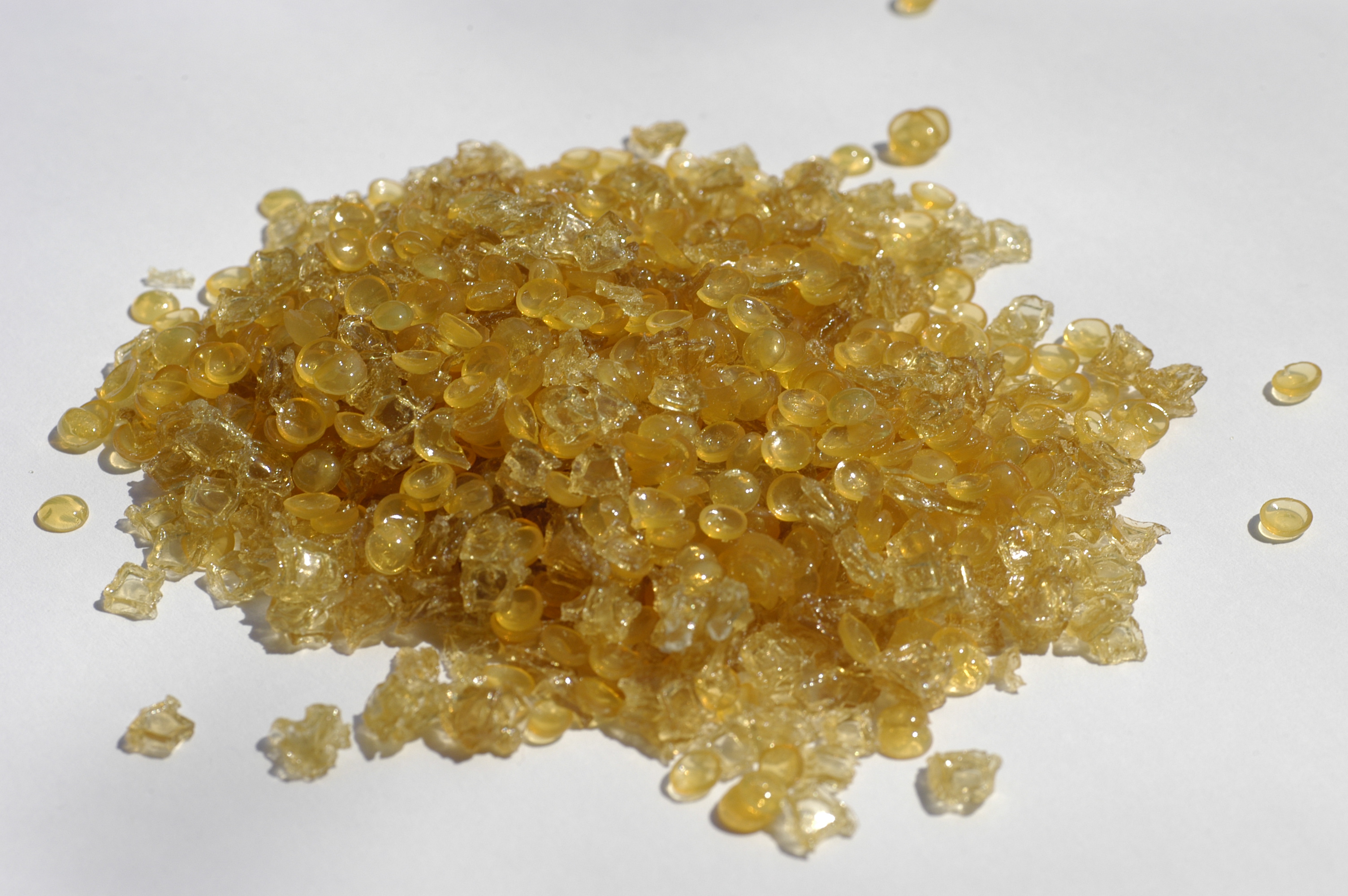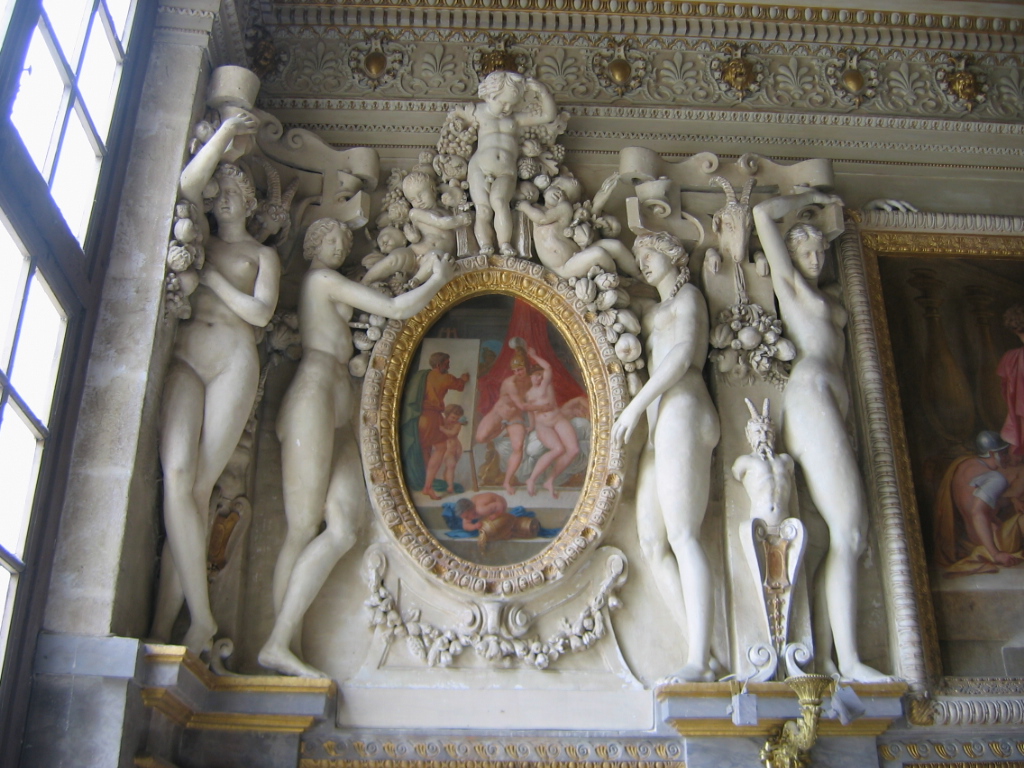|
Adhesive
Adhesive, also known as glue, cement, mucilage, or paste, is any non-metallic substance applied to one or both surfaces of two separate items that binds them together and resists their separation. The use of adhesives offers certain advantages over other binding techniques such as sewing, mechanical fastenings, and welding. These include the ability to bind different materials together, the more efficient distribution of stress across a joint, the cost-effectiveness of an easily mechanized process, and greater flexibility in design. Disadvantages of adhesive use include decreased stability at high temperatures, relative weakness in bonding large objects with a small bonding surface area, and greater difficulty in separating objects during testing. Adhesives are typically organized by the method of adhesion followed by ''reactive'' or ''non-reactive'', a term which refers to whether the adhesive chemically reacts in order to harden. Alternatively, they can be organized either ... [...More Info...] [...Related Items...] OR: [Wikipedia] [Google] [Baidu] |
Adhesion
Adhesion is the tendency of dissimilar particles or interface (matter), surfaces to cling to one another. (Cohesion (chemistry), Cohesion refers to the tendency of similar or identical particles and surfaces to cling to one another.) The forces that cause adhesion and cohesion can be divided into several types. The intermolecular forces responsible for the function of various kinds of stickers and sticky tape fall into the categories of chemical adhesion, dispersive adhesion, and diffusive adhesion. In addition to the cumulative magnitudes of these intermolecular forces, there are also certain emergent mechanical effects. Surface energy Surface energy is conventionally defined as the work (physics), work that is required to build an area of a particular surface. Another way to view the surface energy is to relate it to the work required to cleave a bulk sample, creating two surfaces. If the new surfaces are identical, the surface energy γ of each surface is equal to h ... [...More Info...] [...Related Items...] OR: [Wikipedia] [Google] [Baidu] |
Animal Glue
Animal glue is an adhesive that is created by prolonged boiling of animal connective tissue in a process called Rendering (animal products), rendering. In addition to being used as an adhesive, it is used for coating and sizing, in decorative composition ornaments, and as a clarifying agent. These protein colloid glues are formed through hydrolysis of the collagen from skins, bones, tendons, and other tissues, similar to gelatin. The word ''collagen'' itself derives from Greek language, Greek (), meaning 'glue'. These proteins form a molecular bond with the glued object. Conventionally, keratin#glue, keratin glues, while made from animal parts like horns and hooves, are not considered animal glues as they are not collagen glues. Stereotypically, the animal in question is a horse, and horses that are euthanized are often said to have been "sent to the glue factory". However, other animals are also used, including cattle, rabbits and fish. History Early uses Animal glue has exi ... [...More Info...] [...Related Items...] OR: [Wikipedia] [Google] [Baidu] |
Bitumen
Bitumen ( , ) is an immensely viscosity, viscous constituent of petroleum. Depending on its exact composition, it can be a sticky, black liquid or an apparently solid mass that behaves as a liquid over very large time scales. In American English, the material is commonly referred to as asphalt or tar. Whether found in natural deposits or refined from petroleum, the substance is classed as a pitch (resin), pitch. Prior to the 20th century, the term asphaltum was in general use. The word derives from the Ancient Greek word (), which referred to natural bitumen or pitch. The largest natural deposit of bitumen in the world is the Pitch Lake of southwest Trinidad, which is estimated to contain 10 million tons. About 70% of annual bitumen production is destined for road surface, road construction, its primary use. In this application, bitumen is used to bind construction aggregate, aggregate particles like gravel and forms a substance referred to as asphalt concrete, which is collo ... [...More Info...] [...Related Items...] OR: [Wikipedia] [Google] [Baidu] |
Birch Bark Tar
Birch bark tar (sometimes referred to as birch bark pitch) is a substance that is synthesized by dry distillation of birch tree bark. Chemical composition Birch bark tar is mainly composed of triterpenoid compounds of the lupane and oleanane family, which can be used as biomarkers to identify birch bark tar in the archaeological record. The most characteristic molecules are betulin and lupeol, which are also present in birch bark. Some of these molecules degrade into other lupane and oleanane skeleton triperpenes. The most commonly found additional molecules are lupenone, betulone, lupa-2,20(29)-dien-28-ol, lupa-2,20(29)-diene and allobetulin. Ancient and modern uses Birch bark tar use as an adhesive began in the Middle Paleolithic. Neanderthals produced tar through dry distillation of birch bark as early as 200,000 years ago. A 2019 study demonstrated that birch bark tar production can be a simpler, more discoverable process by directly burning birch bark under overh ... [...More Info...] [...Related Items...] OR: [Wikipedia] [Google] [Baidu] |
Fastener
A fastener (US English) or fastening (UK English) is a hardware device that mechanically joins or affixes two or more objects together. In general, fasteners are used to create non-permanent joints; that is, joints that can be removed or dismantled without damaging the joining components. Steel fasteners are usually made of stainless steel, carbon steel, or alloy steel. Other methods of joining materials, some of which may create permanent joints, include: crimping, welding, soldering, brazing, taping, gluing, cement, or the use of other adhesives. Force may also be used, such as with magnets, vacuum (like suction cups), or even friction (like sticky pads). Some types of woodworking joints make use of separate internal reinforcements, such as dowels or biscuits, which in a sense can be considered fasteners within the scope of the joint system, although on their own they are not general-purpose fasteners. Furniture supplied in flat-pack form often uses cam dowels lock ... [...More Info...] [...Related Items...] OR: [Wikipedia] [Google] [Baidu] |
Casein
Casein ( , from Latin ''caseus'' "cheese") is a family of related phosphoproteins (CSN1S1, αS1, aS2, CSN2, β, K-casein, κ) that are commonly found in mammalian milk, comprising about 80% of the proteins in cow's milk and between 20% and 60% of the proteins in breast milk, human milk. Sheep's milk, Sheep and cow milk have a higher casein content than other types of milk with human milk having a particularly low casein content. Casein is the primary emulsifier in milk, that is, it helps in mixing oils, fats, and water in milk. Casein has a wide variety of uses, from being a major component of cheese, to use as a food additive. The most common form of casein is sodium caseinate (historically called nutrose), which is a very efficient emulsifier. Casein is secreted into milk from mammary cells in the form of colloidal casein micelles, a type of biomolecular condensate. As a food source, casein supplies amino acids, carbohydrates, and two essential elements, calcium and phosphoru ... [...More Info...] [...Related Items...] OR: [Wikipedia] [Google] [Baidu] |
Plaster Of Paris
Plaster is a building material used for the protective or decorative coating of walls and ceilings and for moulding and casting decorative elements. In English, "plaster" usually means a material used for the interiors of buildings, while "render" commonly refers to external applications. The term stucco refers to plasterwork that is worked in some way to produce relief decoration, rather than flat surfaces. The most common types of plaster mainly contain either gypsum, lime, or cement,Franz Wirsching "Calcium Sulfate" in Ullmann's Encyclopedia of Industrial Chemistry, 2012 Wiley-VCH, Weinheim. but all work in a similar way. The plaster is manufactured as a dry powder and is mixed with water to form a stiff but workable paste immediately before it is applied to the surface. The reaction with water liberates heat through crystallization and the hydrated plaster then hardens. Plaster can be relatively easily worked with metal tools and sandpaper and can be moulded, either ... [...More Info...] [...Related Items...] OR: [Wikipedia] [Google] [Baidu] |
Ochre
Ochre ( ; , ), iron ochre, or ocher in American English, is a natural clay earth pigment, a mixture of ferric oxide and varying amounts of clay and sand. It ranges in colour from yellow to deep orange or brown. It is also the name of the colours produced by this pigment, especially a light brownish-yellow. A variant of ochre containing a large amount of hematite, or dehydrated iron oxide, has a reddish tint known as red ochre (or, in some dialects, ruddle). The word ochre also describes clays coloured with iron oxide derived during the extraction of tin and copper. Earth pigments Ochre is a family of earth pigments, which includes yellow ochre, red ochre, purple ochre, sienna, and umber. The major ingredient of all the ochres is iron(III) oxide-hydroxide, known as limonite, which gives them a yellow colour. A range of other minerals may also be included in the mixture:Krivovichev V. G. Mineralogical glossary. Scientific editor :uk:Булах Андрій Глібович, A. G ... [...More Info...] [...Related Items...] OR: [Wikipedia] [Google] [Baidu] |
Le Moustier
Le Moustier is an archeological site consisting of two rock shelters in Peyzac-le-Moustier, a village in the Dordogne, France. It is known for a complete skeleton of the species ''Homo neanderthalensis'' that was discovered in 1908. The Mousterian tool culture is named after Le Moustier, which was first excavated from 1863 by the Englishman Henry Christy and the Frenchman Édouard Lartet. In 1979, Le Moustier was inscribed on the UNESCO World Heritage List along with other nearby archeological sites as part of the '' Prehistoric Sites and Decorated Caves of the Vézère Valley''. Skeleton The skeleton known as "Le Moustier" is estimated to be approximately 45,000 years old. The characteristics of its skull include a large nasal cavity and a somewhat less developed brow ridge and occipital bun, as might be expected in a juvenile. After discovery, the skull was dismantled, cast and reconstructed at least four times. During this process, the skull received considerable amoun ... [...More Info...] [...Related Items...] OR: [Wikipedia] [Google] [Baidu] |
Horn (anatomy)
A horn is a permanent pointed projection on the head of various animals that consists of a covering of keratin and other proteins surrounding a core of live bone. Horns are distinct from antlers, which are not permanent. In mammals, true horns are found mainly among the ruminant artiodactyls, in the families Antilocapridae ( pronghorn) and Bovidae ( cattle, goats, antelope etc.). Cattle horns arise from subcutaneous connective tissue (under the scalp) and later fuse to the underlying frontal bone. One pair of horns is usual; however, two or more pairs occur in a few wild species and in some domesticated breeds of sheep. Polycerate (multi-horned) sheep breeds include the Hebridean, Icelandic, Jacob, Manx Loaghtan, and the Navajo-Churro. Horns usually have a curved or spiral shape, often with ridges or fluting. In many species, only males have horns. Horns start to grow soon after birth and continue to grow throughout the life of the animal (except in pronghorns, whi ... [...More Info...] [...Related Items...] OR: [Wikipedia] [Google] [Baidu] |
Mongols
Mongols are an East Asian ethnic group native to Mongolia, China ( Inner Mongolia and other 11 autonomous territories), as well as the republics of Buryatia and Kalmykia in Russia. The Mongols are the principal member of the large family of Mongolic peoples. The Oirats and the Buryats are classified either as distinct ethno-linguistic groups or as subgroups of Mongols. The Mongols are bound together by a common heritage and ethnic identity, descending from the Proto-Mongols. Their indigenous dialects are collectively known as the Mongolian language. The contiguous geographical area in which the Mongols primarily live is referred to as the Mongol heartland, especially in discussions of the Mongols' history under the Mongol Empire. Definition Broadly defined, the term includes the Mongols proper (also known as the Khalkha Mongols), Buryats, Oirats, the Kalmyks and the Southern Mongols. The latter comprises the Abaga Mongols, Abaganar, Aohans, Arkhorchin, Asud, ... [...More Info...] [...Related Items...] OR: [Wikipedia] [Google] [Baidu] |
Pozzolana
Pozzolana or pozzuolana ( , ), also known as pozzolanic ash (), is a natural siliceous or siliceous- aluminous material which reacts with calcium hydroxide in the presence of water at room temperature (cf. pozzolanic reaction). In this reaction insoluble calcium silicate hydrate and calcium aluminate hydrate compounds are formed possessing cementitious properties. The designation pozzolana is derived from one of the primary deposits of volcanic ash used by the Romans in Italy, at Pozzuoli. The modern definition of pozzolana encompasses any volcanic material ( pumice or volcanic ash), predominantly composed of fine volcanic glass, that is used as a pozzolan. Note the difference with the term pozzolan, which exerts no bearing on the specific origin of the material, as opposed to pozzolana, which can only be used for pozzolans of volcanic origin, primarily composed of volcanic glass. Historical use Pozzolanas such as Santorin earth were used in the Eastern Mediterranean ... [...More Info...] [...Related Items...] OR: [Wikipedia] [Google] [Baidu] |








